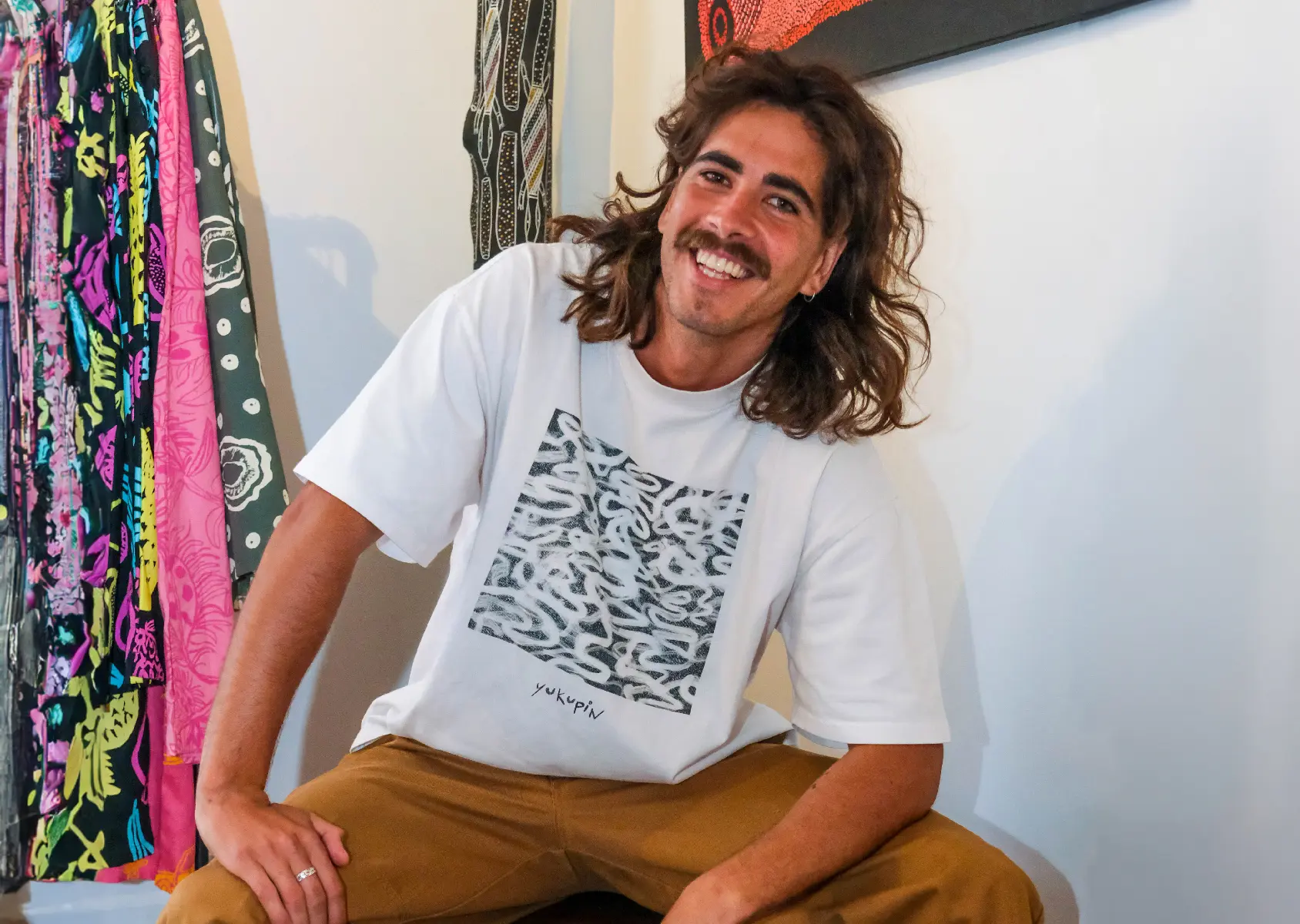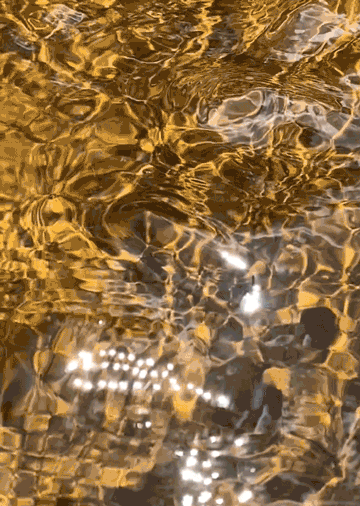
In conversation with artist Toby Bishop
'Kobuh-Pombuh'
‘Kobuh-Pombuh’ (way of the water)
We recently commissioned First Nations artist Toby Bishop to create a bespoke artwork for TURNER, representing our reconciliation journey.
The artwork is titled ‘Kobuh-Pombuh’ and was inspired by the Kungarakan phrase, meaning ‘way of the water’.

We spoke to Toby about his background and the connection between the built environment, art and Country...
Tell us about yourself and your background?
I am a Kungarakan man, my mobs Country is from around Litchfield National Park in the NT. I am an artist and designer. I grew up on the South Coast of New South Wales, where I now reside, in a small coastal town near the water just north of Wollongong on Dharawal Country. I like heading back to Country throughout the year, helping inform my art practice, but also find a lot of inspiration from the south coast.
Tell us about your work as an artist and what influences your artistic process?
I draw influence from both my Indigenous culture and modern design. I find inspiration from my wetji (nana) and her lifetime work of revitalising the Kungarakan language. I continually explore my culture through art and design as a pombuh (path) for discovery. My work speaks of the importance of cultural practice, language and story that have been informed by in-depth connections to Country. I like to visually reference the beautiful textures and patterns of the bush and allow this to inform my graphic aesthetic.
How is this reflected in Kobuh-Pombuh, and what story does it tell?
This artwork was inspired by the Kungarakan phrase Kobuh Pombuh, meaning watercourse; water path; way of the water. These lines become a symbol of the regeneration of Country, a symbol of the life, spirit and story that will always remain and continue throughout Country.
The flowing lines are symbolic of the positive direction that TURNER is moving toward. TURNER aims to add new processes through deep listening and learning to embed positive relationships within their practice, forming a workplace that is flowing in the right direction, which will keep regenerating positive change. Like the movement of fresh water, if the watercourse is taken care of, it will always provide throughout the seasonal changes of the year.
What emotions/ conversations do you want to evoke in your audience?
My artwork speaks to the beauty of Country, and the stories that remain within our ancient land.
I hope people can see the beauty as well and understand the importance of keeping our waterways clear and clean as well as respecting and maintaining our culture.
As an artist, how do you perceive the connection between art and the built environment?
I feel like the built environment has a lot of room for story telling, fusing art and design has so many possibilities that can bring the beauty of our Country into the forefront of our experience within a space, mimicking the way that the natural world makes you feel at peace with your surroundings.
When creating for public spaces, what considerations do you make in your process?
It always depends on the brief and the space, I always want to respect the land I am designing on and pay homage to the local mob. I would often look into aspects of the Country and find something unique about the space, and look into how we could incorporate this story into the design, creating a sense of place that is informed directly from the story of the land.
How can art be used as a connection to Country?
For example this piece Kobuh-Pombuh, I was inspired directly from being out on Country over in the NT out amongst the freshwater, speaking with my aunty and learning new stories about the water and the traditional uses and protocols surrounding the waterways. I was also connected to the way the Country paints a picture, and the beauty of the natural Contours that it creates, this made me reflect and feel a great sense of comfort and connection to the place.
What is something you are excited to explore in the future?
I’m excited to keep exploring and learning my Kungarakan culture, in particular language and cultural practices.
What advice would you give to companies who are looking to work with First Nations artists?
Reach out to the local mob in which the art is situated. Stay open minded and respectful, ask questions and be willing to learn.
“My artwork speaks to the beauty of Country, and the stories that remain within our ancient land.”
Toby Bishop









